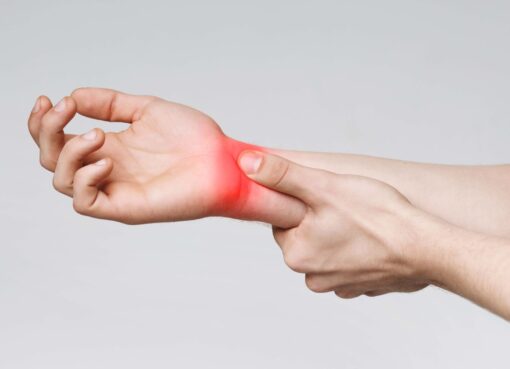Once you clock 30 years, your skin produces less Collagen and Elastin, which are the proteins responsible for keeping your skin toned, tight, plump and in place. You start noticing fine lines on the forehead and mouth areas, the skin starts sagging or appearing loose, and you may even develop a double chin.
With the many facial treatment products in the market, it can be difficult to choose just one. Plus, there’s no way to tell which treatment your skin will best respond to. This leaves many people skeptical and unwilling to experiment on dangerous treatment methods lest they are left dealing with permanent skin damage.
But wait, there’s hope! Ever heard about laser skin treatments? To find out what type of laser treatment suits you best, here is a quick overview of the differences between laser skin tightening and laser skin resurfacing treatments.
- Laser Skin Tightening
Advancement in technology has led to modern, high tech equipment that can be used to conduct different procedures on the human body. Laser skin tightening is a non-invasive and effective method of getting rid of age spots, wrinkles, loose/saggy skin. This procedure uses mild heat to help tighten skin. It can be done throughout your body, but the most common areas for this procedure include the neck and face.
Laser equipment works by sending heat towards a particular region like the forehead. Laser beams are able to access inner layers of your skin which in turn helps trigger the production of more Elastin and Collagen. Eventually, you will notice significant improvement in your skin tone and texture. There are different laser skin tightening methods that you can opt for depending on how fast you want to see result and how deep your pocket is. The most common options include radiofrequency laser treatment, ultrasound treatment, and micro-needling laser treatments.
- Laser Skin Resurfacing
Skin resurfacing is used to help improve the appearance and texture of your skin with the help of lasers. It helps get rid of deep wrinkles and fine lines.
There are two main methods on how laser skin resurfacing is conducted: ablative or non-ablative laser treatments.
Ablative treatments is done using Carbon dioxide (CO2) or through Erbium. The CO2 laser treatment is preferred for the treatment of extensive issues like scars whereas Erbium treatment is preferred for the treatment of wrinkles and fine lines. Both of these treatments involve the removal of the top layer of the skin.
On the other hand, non-ablative treatments are not invasive, meaning that there’s no removal of skin layers. The dermatologists use fractional lasers, pulsed dye lasers, and pulsed light to help eliminate skin irregularities. They are used to treat spider veins, enlarged oil glands, and rosacea among other skin issues.
Despite their vivid differences, both laser skin tightening and laser skin resurfacing treatments have the same benefits: you will have smoother, clearer, and tighter skin. With laser treatments, there’s little to no recovery time depending on the treatment method you chose. To be sure that you are safe and that you’ll get satisfying results, it is advisable that as you seek to get your treatment done, you ascertain that the dermatologist is licensed and board certified.





